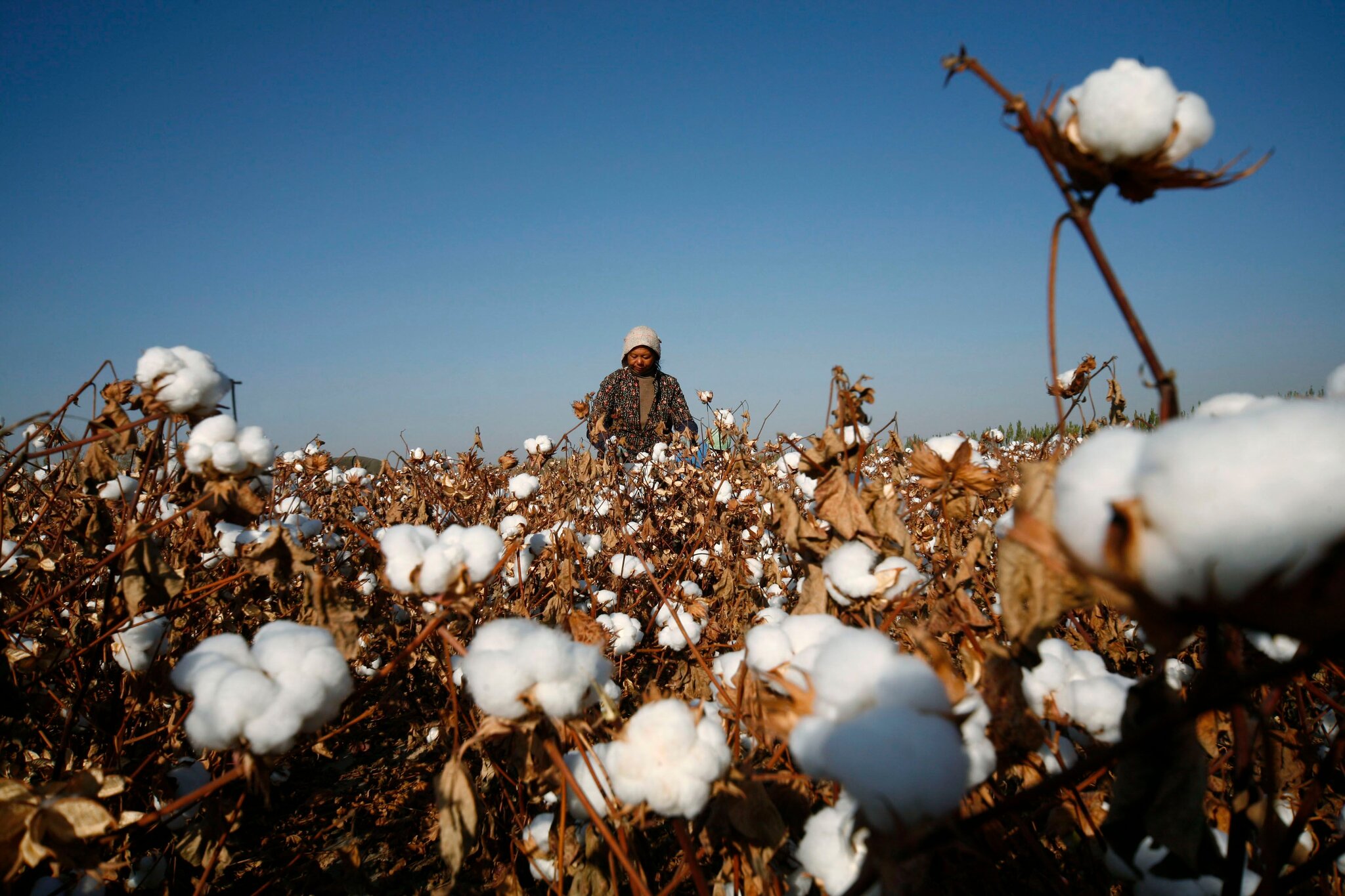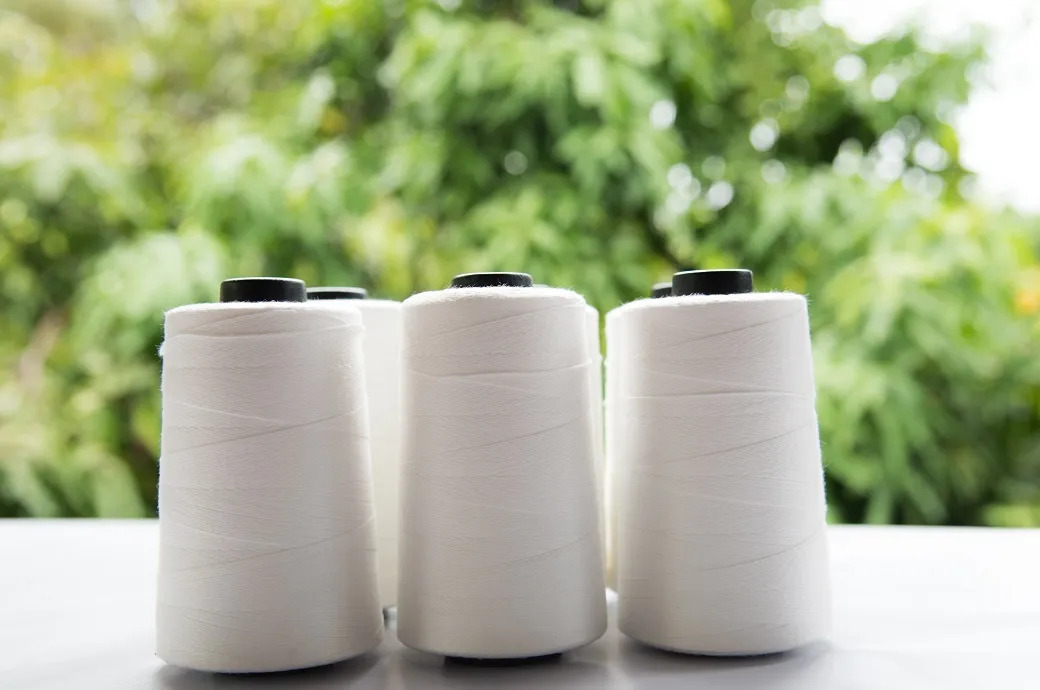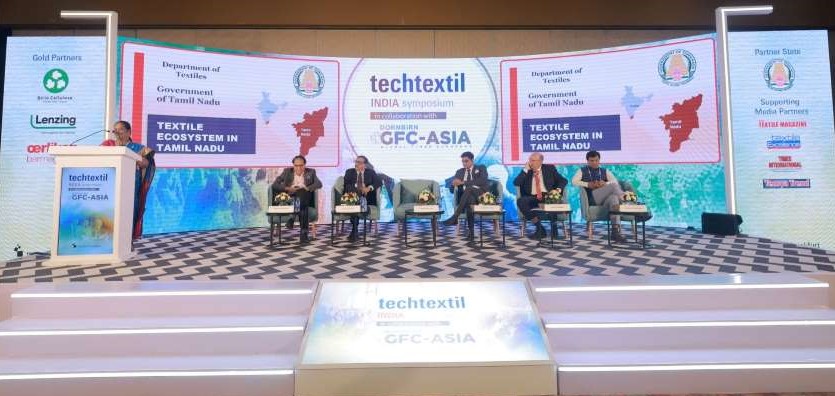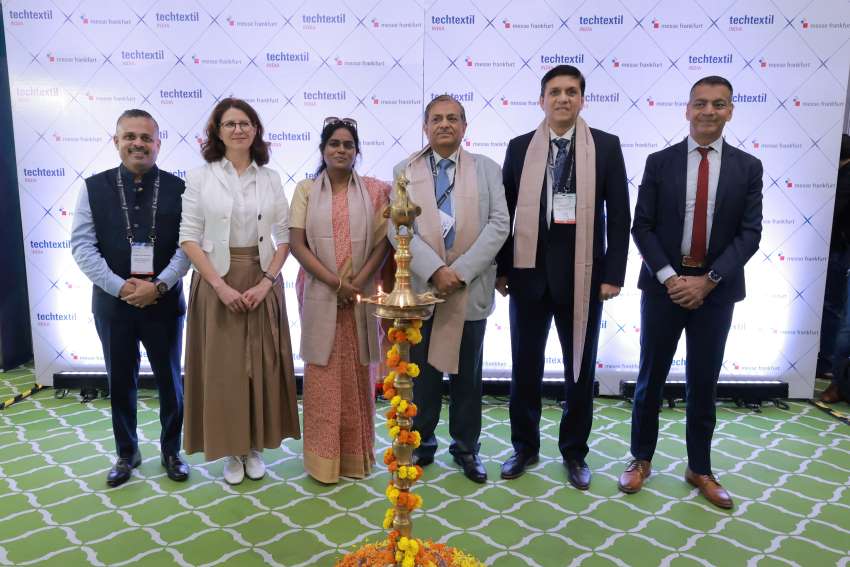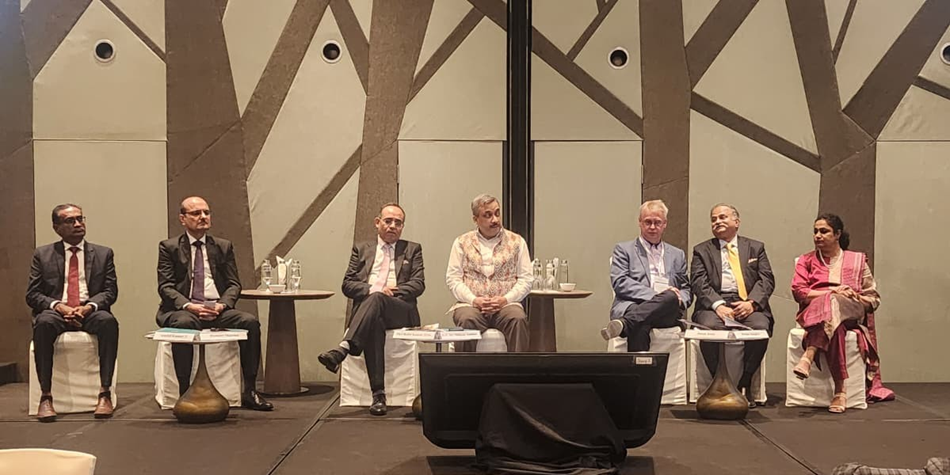India's Minister of State, Pabitra Margherita, has strongly affirmed the nation's readiness to seize the mantle of the dominant global textile and apparel manufacturing hub. This bold assertion reflects a significant shift in ambition, positioning the sector not merely as a large player but as the future leader in the international textile trade. The government and industry are actively collaborating to streamline processes, enhance efficiency, and ramp up capacity to meet and exceed global demand, thereby maximizing India's competitive advantage.
Policy foundation and investment drive
The foundation for this dominance is being built upon strategic policy initiatives designed to create a globally competitive ecosystem. Key among these are the Production Linked Incentive (PLI) Scheme and the establishment of PM-MITRA Mega Textile Parks . The PLI scheme is specifically aimed at encouraging large-scale investment in high-value segments like Man-Made Fibre (MMF) apparel and technical textiles, shifting reliance away from traditional cotton exports. The PM-MITRA Parks offer integrated infrastructure—from spinning to garment manufacturing, reducing logistics costs and time, making Indian products more competitive on the world stage.
Leveraging scale and sustainability
India's inherent strengths; a vast supply of raw materials (cotton, silk, jute, MMF), a skilled labor force, and a massive domestic market—provide the scale necessary for global leadership. Furthermore, a growing emphasis on sustainability and circularity in textile production is aligning Indian manufacturers with global consumer and regulatory trends. By prioritizing responsible sourcing and eco-friendly processing, the industry is enhancing its appeal to international buyers who increasingly demand transparency and green credentials. This comprehensive approach is what underpins MoS Margherita's confidence in achieving the projected goal of $100 billion in exports by 2030.


